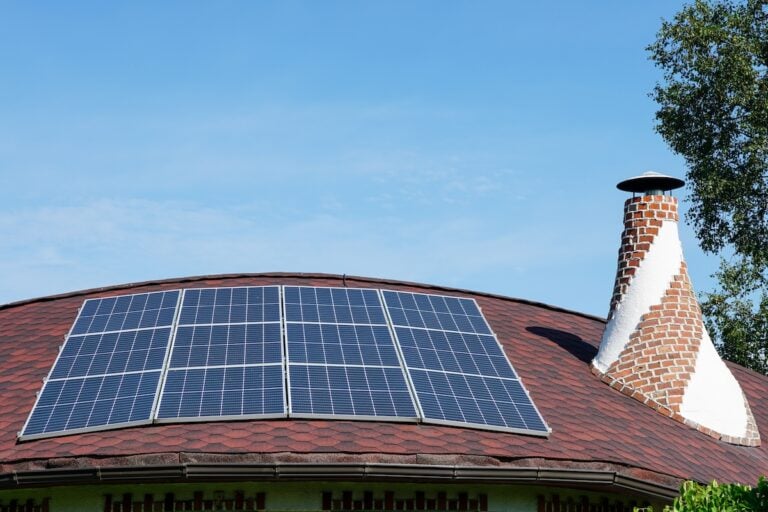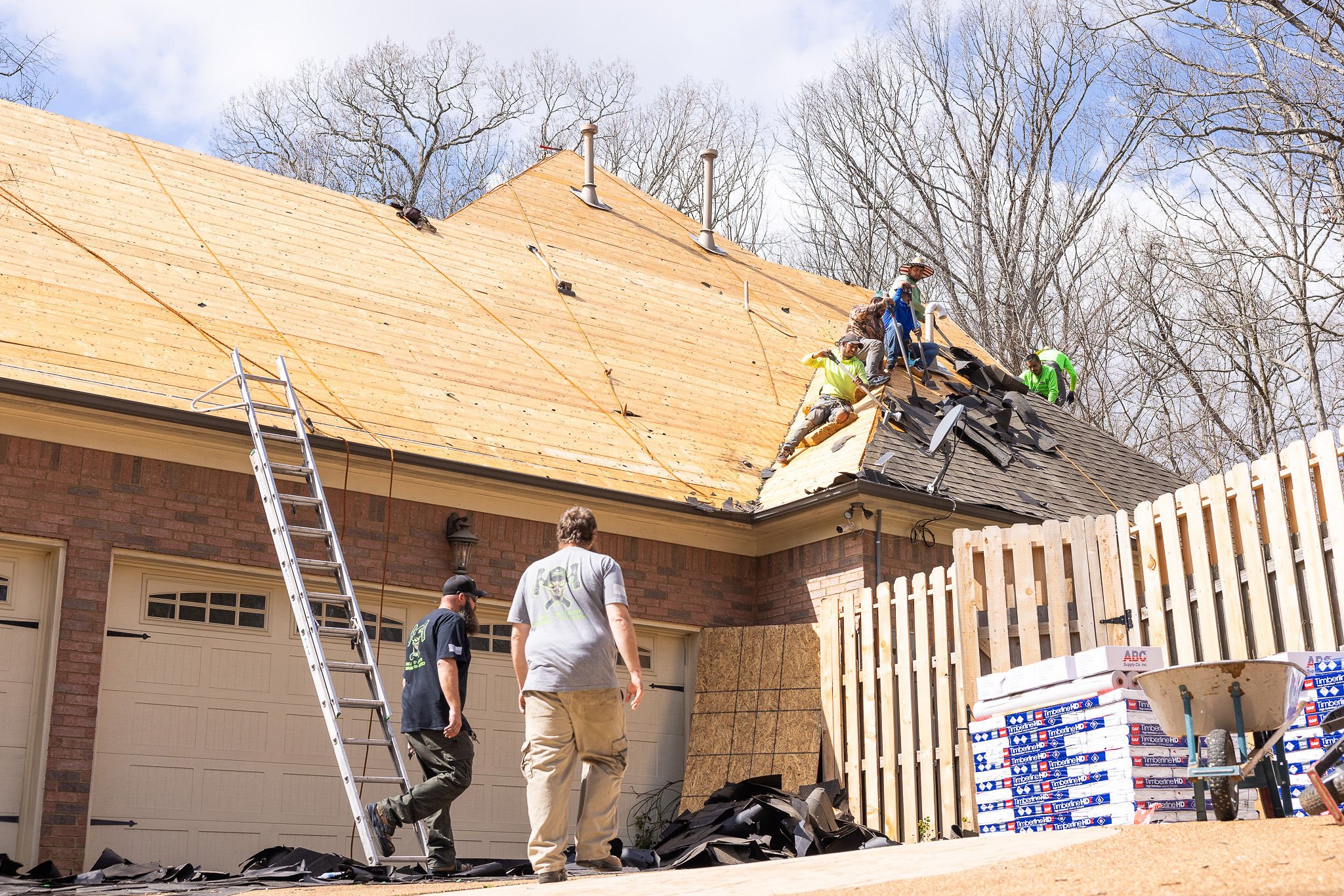The curved roof is making a dramatic comeback in modern architecture, bringing fluid lines and sophisticated aesthetics to homes across the country. If you’re considering a roof replacement or building a new home, curved roofing might be the perfect solution to set your property apart from traditional designs.
Our team at Summit Roofing & Restoration specializes in installing various roofing styles, including curved designs that require expert craftsmanship and attention to detail. Let’s explore why curved roofs are gaining popularity and how they might transform your home.
This comprehensive guide will cover:
- Why curved roofs are important in modern design
- Essential design considerations for curved roofing
- Material options and installation requirements
- Maintenance and longevity factors
🏠 Why Curved Roofs Are Important
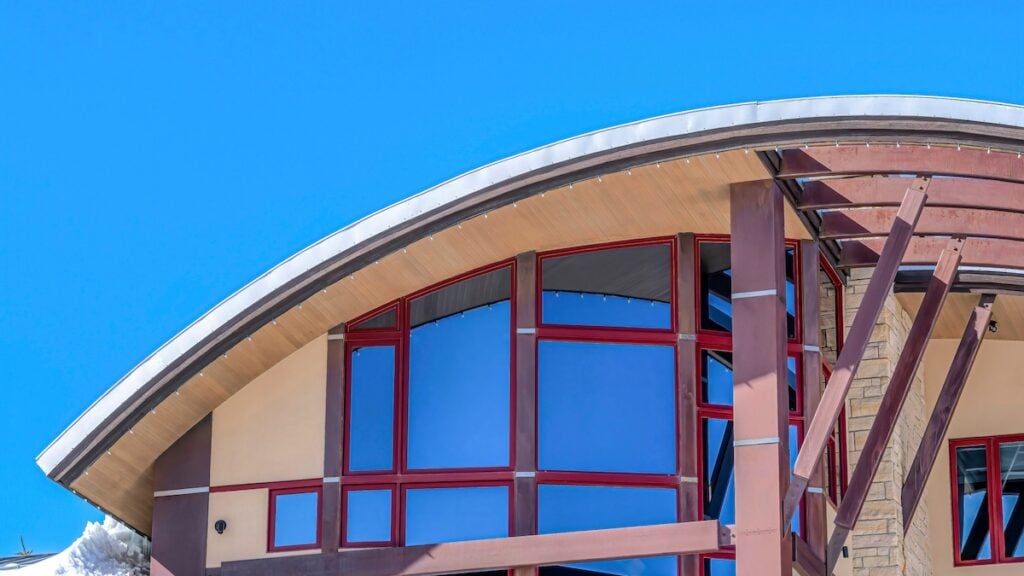
Curved roofs offer significant advantages that go beyond mere aesthetics. They represent a shift toward more dynamic architectural expressions while providing practical benefits for homeowners.
The curved design helps with natural water drainage and can improve wind resistance compared to some traditional flat roof systems. These roofs also create unique interior spaces with vaulted ceilings that many homeowners find appealing.
Key benefits of curved roofing include:
- Enhanced curb appeal and property value
- Improved structural stability in certain weather conditions
- Better water runoff and drainage efficiency
- Unique interior space opportunities
- Energy efficiency through improved aerodynamics
🔎 7 Essential Considerations for Curved Roof Design
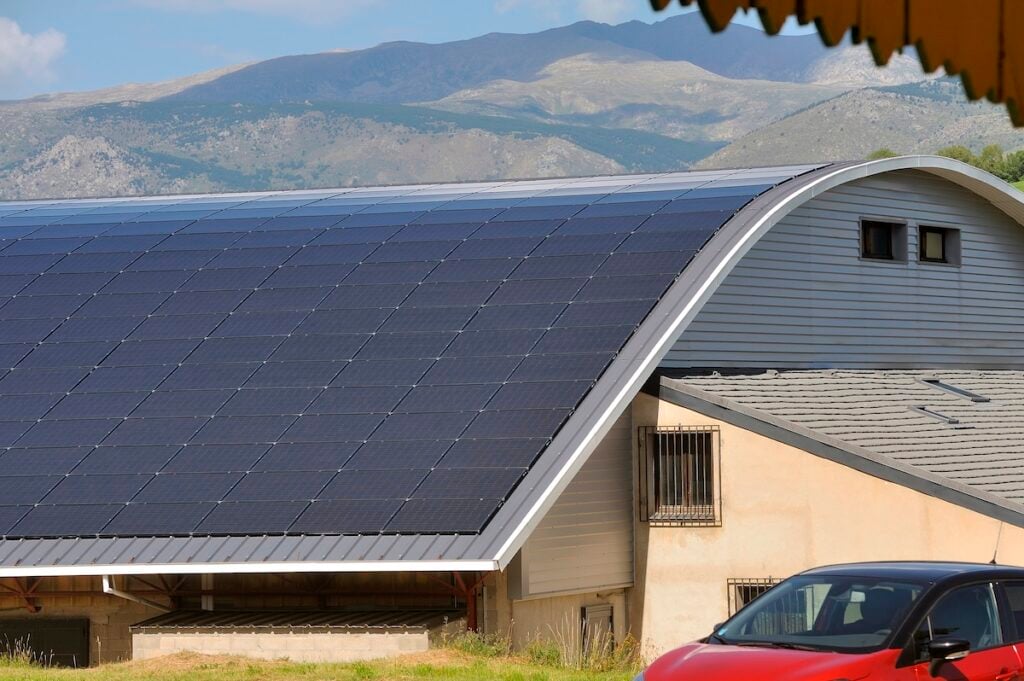
Understanding the complexities of curved roof installation helps ensure your project succeeds from start to finish.
1. Structural Engineering Requirements
Every curved roof needs proper engineering analysis to ensure the structure can support the unique load distribution. The curved shape creates different stress points compared to traditional peaked roofs.
- Professional structural calculations are mandatory
- Foundation and wall supports may require reinforcement
2. Material Selection and Compatibility
Not all roofing materials work well with curved applications. Some materials bend better than others without compromising their protective qualities.
- Metal roofing often works best for tight curves
- Modified bitumen and TPO can accommodate moderate curves
3. Waterproofing and Drainage Systems
Proper water management becomes more critical with curved designs since water flow patterns differ from standard roofs.
- Custom drainage solutions may be necessary
- Waterproof membrane installation requires specialized techniques
4. Installation Complexity and Timeline
Curved roofs typically take longer to install and require experienced contractors familiar with the unique challenges.
- Installation time often extends beyond standard roofing projects
- Specialized tools and equipment may be needed
5. Cost Considerations and Budgeting
The custom nature of curved roofing generally increases project costs compared to traditional roofing systems.
- Material costs may be 15-30% higher than standard roofing
- Labor costs increase due to specialized installation requirements
6. Building Code Compliance
Local building codes may have specific requirements for curved roofing that differ from standard regulations.
- Permit requirements may be more extensive
- Inspections often require specialized knowledge
7. Long-term Maintenance Planning
Curved roofs may require different maintenance approaches and schedules compared to traditional roofing systems.
- Regular inspections should focus on stress points
- Specialized repair techniques may be necessary
⚡ Advanced Design and Performance Factors
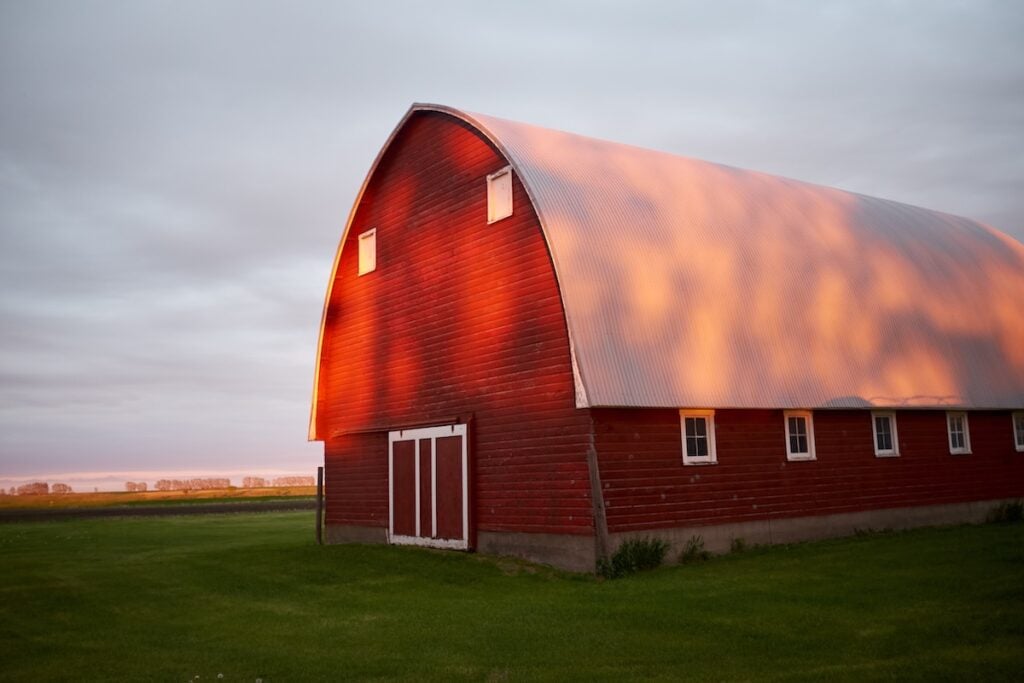
Understanding the technical aspects of curved roofing helps you make informed decisions about your project. The relationship between curve radius, material choice, and structural requirements affects both performance and aesthetics.
Curve Radius and Material Limitations
When designing a curved roof, the radius of the curve plays a critical role in determining the materials you can use. Tighter curves demand more flexible materials, which can limit your options. For example, metal roofing is often better suited for tight radiuses due to its ability to bend and adhere to non-linear designs. On the other hand, rigid materials like traditional shingles may not work as effectively on curved surfaces and could lead to gaps or structural issues. Choosing the right material ensures durability and a seamless finish, so it’s important to align your design aspirations with practical material considerations.
Climate Considerations
Your local climate is a key factor in deciding on materials and design for a curved roof. In areas with heavy snowfall, the roof must be designed to handle significant weight, which may require reinforced structures or materials that prevent snow accumulation. Conversely, regions with high winds may need curved roofs designed to minimize wind resistance and ensure the structure remains secure. Materials should be chosen based on their ability to withstand the unique weather conditions in your area, ensuring long-term performance and safety.
Integration with Home Architecture
Curved roofs should enhance and complement the overall design of your home. They work best when they blend seamlessly with the existing architectural elements, rather than looking out of place. Consider how the curve interacts with the lines and proportions of your home, from the windows and walls to any overhangs or eaves. A well-integrated curved roof can add a modern, elegant touch to your home while maintaining a cohesive aesthetic balance.
Coordination Between Trades
Installing a curved roof is a complex process that requires careful coordination between several professionals. Structural engineers are often needed to ensure the roof can handle the load and maintain its integrity over time. Roofing contractors must have experience with curved roof installations, as the process is more intricate compared to standard roofs. Additionally, custom fabricators may be required to create specialized components, such as curved beams or pre-shaped panels, to ensure a perfect fit. Proper communication and collaboration among these trades are essential to ensuring a successful installation without costly delays or errors.
🚀 Ready to Transform Your Home with a Curved Roof?
Curved roofs represent an exciting opportunity to create a truly distinctive home while enjoying practical benefits like improved drainage and structural performance. The key to success lies in working with experienced professionals who understand the unique challenges and requirements.
Your curved roof project requires careful planning, proper engineering, and skilled installation to achieve the stunning results you envision. Don’t let the complexity discourage you – the right team makes all the difference.
Ready to explore curved roofing options for your home? Contact Summit Roofing & Restoration today for a free consultation and discover how we can bring your bold design vision to life with expert craftsmanship and reliable service.
